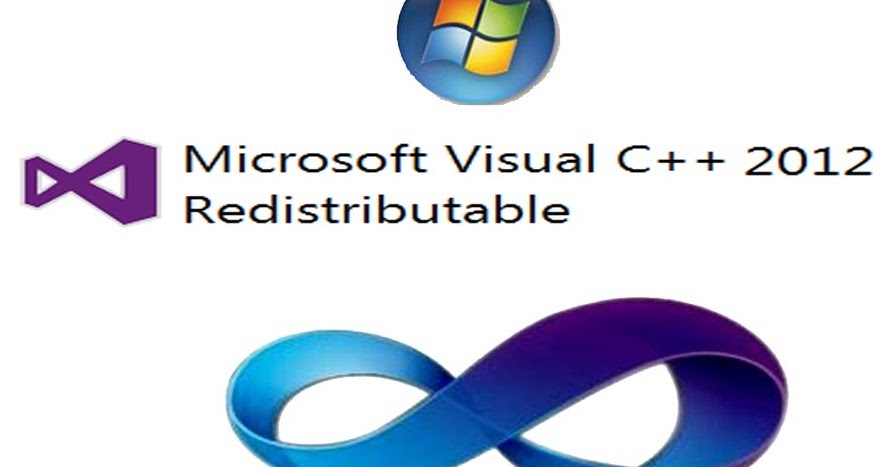
A Windows Runtime component is a self-contained software module that you can author, reference, and use with any Windows Runtime language (including C#, C++/WinRT, Visual Basic, JavaScript, and C++/CX). You can use Visual Studio to create a Windows Runtime component that can be used in your Universal Windows Platform (UWP) app.


Note

- The download includes the VCRedist runtime packages for Visual C 2005, 2008, 2010, 2012, 2013, 2015, 2017 and 2019. Both 32-bit and 64-bit are supported. The files included are the English language version.
- Jun 07, 2011 A security issue has been identified leading to a vulnerability in MFC applications that are built with Visual Studio 2005 and ship the Microsoft Visual C 2005 Service Pack 1 Redistributable Package.
- In this video, I am going to show you how to fix C runtime library error which happens to most windows OS like Windows 10, Windows 8 or Windows 7.This tuto.

For C++ developers, we recommend that you use C++/WinRT for new applications. C++/WinRT is an entirely standard modern C++17 language projection for Windows Runtime (WinRT) APIs, implemented as a header-file-based library, and designed to provide you with first-class access to the modern Windows API. To learn how to create a Windows Runtime component using C++/WinRT, see Windows Runtime components with C++/WinRT.
Ada beberapa solusi sederhana untuk mengatasi masalah ini: Salah satunya adalah Anda perlu menginstal ulang Visual C atau dengan cara mudah dibawah ini: Cara 1: Instal ulang Microsoft Visual C Langkah 1. Dapatkan Microsoft Visual C (tergantung versi windows yang Anda gunakan apakah.
Baixar Microsoft Visual C 2b 2b Runtime Library Windows 7 32-bit
| Topic | Description |
|---|---|
| Windows Runtime components with C++/WinRT | This topic shows how to use C++/WinRT to create and consume a Windows Runtime component—a component that's callable from a Universal Windows app built using any Windows Runtime language. |
| Windows Runtime components with C++/CX | This topic shows how to use C++/CX to create a Windows Runtime component—a component that's callable from a Universal Windows app built using any Windows Runtime language. |
| Walkthrough of creating a C++/CX Windows Runtime component, and calling it from JavaScript or C# | This walkthrough shows how to create a basic Windows Runtime component DLL that's callable from JavaScript, C#, or Visual Basic. Before you begin this walkthrough, make sure that you understand concepts such as the Abstract Binary Interface (ABI), ref classes, and the Visual C++ Component Extensions that make working with ref classes easier. For more information, see Creating Windows Runtime components in C++ and Visual C++ Language Reference (C++/CX). |
| Windows Runtime components with C# and Visual Basic | You can use managed code to create your own Windows Runtime types, packaged in a Windows Runtime component. You can use your component in Universal Windows Platform (UWP) apps with C++, JavaScript, Visual Basic, or C#. This topic outlines the rules for creating a component, and discusses some aspects of .NET support for the Windows Runtime. In general, that support is designed to be transparent to the .NET programmer. However, when you create a component to use with JavaScript or C++, you need to be aware of differences in the way those languages support the Windows Runtime. |
| Walkthrough of creating a C# or Visual Basic Windows Runtime component, and calling it from JavaScript | This walkthrough shows how you can use .NET with Visual Basic or C# to create your own Windows Runtime types, packaged in a Windows Runtime component, and how to call the component from your Universal Windows app built for Windows using JavaScript. |
| Raising Events in Windows Runtime components | If your Windows Runtime component raises an event of a user-defined delegate type on a background thread (worker thread) and you want JavaScript to be able to receive the event, you can implement and/or raise it in one of these ways: |
| Brokered Windows Runtime components for side-loaded UWP apps | This topic discusses an enterprise-targeted feature supported by Windows 10 Update and above, which allows touch-friendly .NET apps to use the existing code responsible for key business-critical operations. |